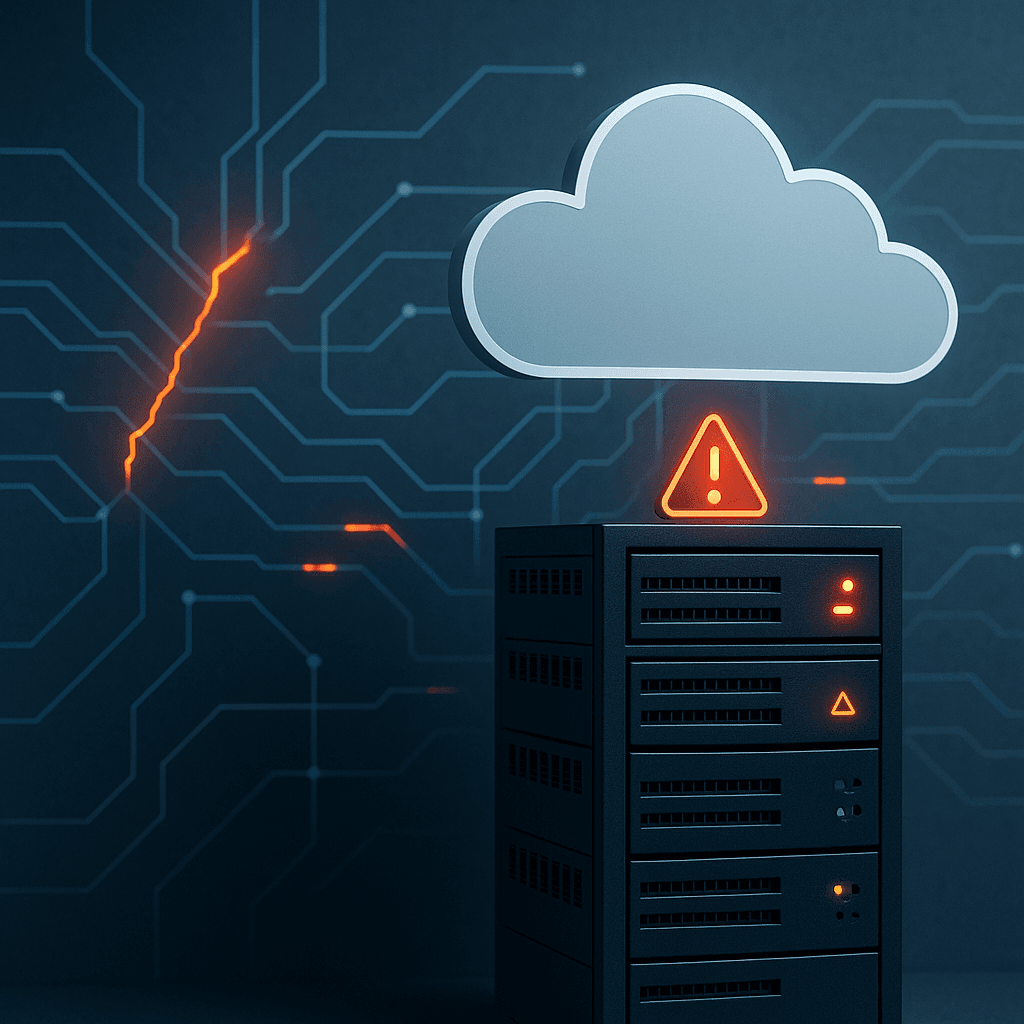Microsoft Azure crashed Wednesday afternoon, taking down Xbox, Minecraft, and Office 365 services just hours before the company's earnings call. The outage - caused by what Microsoft called an "inadvertent configuration change" - marks the second major cloud provider failure in less than two weeks, exposing the dangerous fragility of our digital infrastructure built on just a few tech giants.
Microsoft Azure went dark Wednesday afternoon in a cascading failure that perfectly illustrates why putting all our digital eggs in a few corporate baskets might be a terrible idea. The outage hit at roughly noon Eastern, knocking out everything from Xbox gaming sessions to corporate Office 365 workflows, all because of what Microsoft sheepishly called an "inadvertent configuration change." The timing couldn't have been worse - or more ironic. Microsoft's own investor relations website went down just hours before the company was scheduled to report quarterly earnings, forcing executives to scramble as their own infrastructure betrayed them. Even Azure's status page, where Microsoft typically posts updates during outages, was having "intermittent issues," leaving customers in the dark about their own services being in the dark. "Even Azure's outage status page is down," Davi Ottenheimer, a security operations veteran and VP at data infrastructure company Inrupt, told WIRED. "Another configuration change error - we are in the age of integrity breach more so now than ever." The technical details reveal just how fragile these systems really are. Microsoft's problems originated from Azure's Front Door content delivery network, essentially the digital equivalent of a traffic control system that routes user requests to the right servers. According to Microsoft's status updates, the company spent hours methodically rolling back recent software versions until it could find the "last known good" configuration - tech speak for frantically hitting the undo button until something worked again. This isn't just Microsoft's problem. Nine days ago, Amazon Web Services suffered its own massive outage that rippled across the internet, taking down everything from streaming services to smart home devices. The pattern is becoming clear: when these "hyperscalers" stumble, the entire digital world shakes. The centralization of cloud infrastructure means that a single misconfigured setting at Microsoft can instantly affect millions of users across dozens of services. Your Xbox goes offline, your work email stops syncing, and suddenly you can't even check Minecraft server status - all because one engineer somewhere pushed the wrong update. "Organizations may think they're insulated by their choice of cloud provider, but dependencies run deeper," Munish Walther-Puri, former cyber risk director for New York City, explained to . "When key partners rely on other hyperscalers, exposure multiplies." What makes this particularly concerning is the timing. As artificial intelligence becomes the backbone of more critical systems, these outages reveal what Walther-Puri calls "the brittleness of our digital backbone." Companies that moved to the cloud for reliability and cost savings are discovering they've traded direct control for dependency on a handful of tech giants who, despite their resources, are still human organizations prone to human errors. Microsoft did eventually get things working again. By 3:01 PM Eastern, the company reported it had identified and deployed a stable configuration, saying "customers may begin to see initial signs of recovery." The company projected full restoration by 7:20 PM, though during the outage it had blocked customers from making any configuration changes to their own instances - essentially putting everyone in a digital timeout until the adults could fix the mess. The broader implications extend far beyond frustrated gamers and delayed earnings calls. As more government services, healthcare systems, and critical infrastructure moves to cloud platforms, these outages become national security issues. We're building a digital society on foundations controlled by a few companies, and when those foundations crack, everything comes tumbling down.










